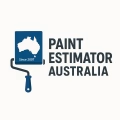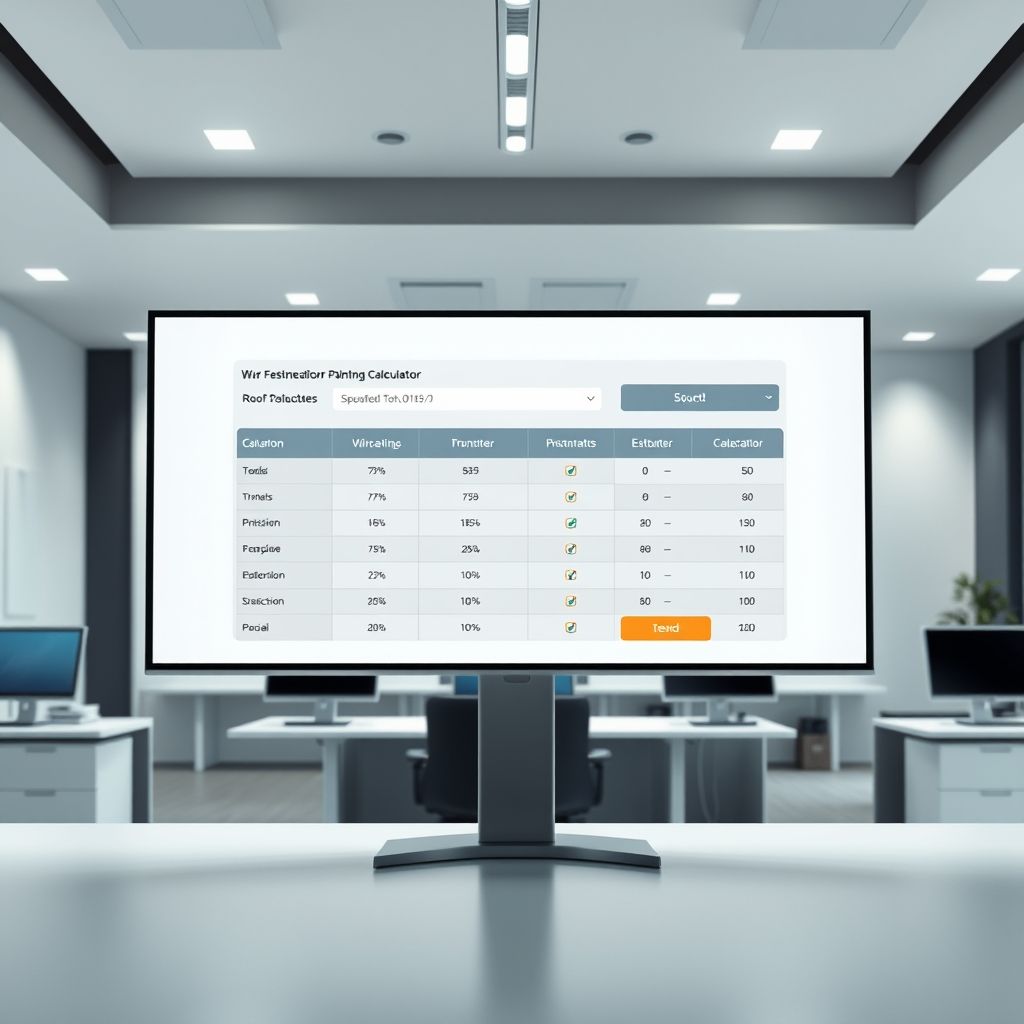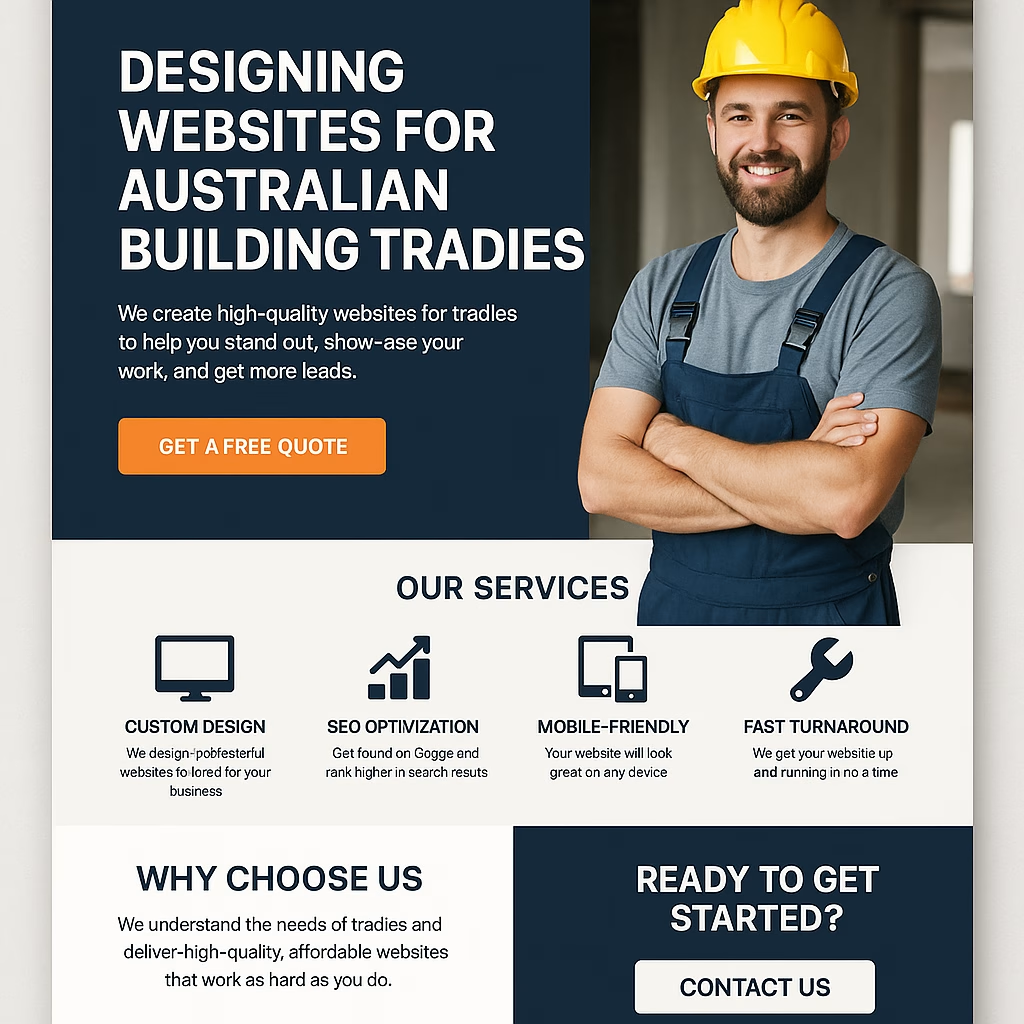- —
Introduction:
In the highly competitive world of painting contracting, accurate estimating is critical to winning bids and maintaining profitability, especially in the healthcare facility painting industry. One of the biggest challenges painting contractors face is managing price escalation—the increase in the cost of materials and labour over time. This is particularly pertinent in the healthcare sector, where projects can span months or even years, and unforeseen delays can impact the bottom line.
Professional estimators play a pivotal role in helping painting contractors navigate price escalation. Their expertise lies in forecasting and mitigating potential cost increases, ensuring that bids remain competitive, and that the business is protected from financial risks. This article explores the strategies employed by these experts, focusing on the context of hospital and healthcare facility painting projects in Kenmore, Australia.
Strategies for Managing Price Escalation:
1. Detailed Planning and Research:
Thorough planning is at the heart of effective price escalation management. Professional estimators begin by meticulously studying the project scope and specifications, identifying potential areas of cost fluctuation. This includes analysing historical data on material and labour costs, as well as staying abreast of market trends and forecasts. By understanding the dynamics of the painting industry in Australia, estimators can make more informed predictions about future price movements.
2. Itemized Breakdowns and Transparent Quotes:
Transparency is key when dealing with clients in the healthcare industry. Professional estimators create detailed, itemized breakdowns of the painting project, ensuring that all costs are clearly communicated to the client. This level of transparency builds trust and helps clients understand the potential impact of price escalation on the overall project cost.
To achieve this, estimators may utilise specialised tools such as a roof painting calculator. This calculator takes into account the unique characteristics of roofing projects, including surface area, pitch, and access, to provide an accurate estimate of the materials and labour required, along with associated costs.
3. Price Escalation Clauses:
Price escalation clauses are contractual provisions that allow for adjustments to the contract price if certain specified events occur. Professional estimators carefully craft these clauses to protect both the painting contractor and the client from unforeseen price increases. These clauses typically outline the circumstances under which prices may be escalated, the method for calculating the adjustment, and the timing of any such changes.
For example, a clause might state that if the cost of a particular type of paint increases by more than 10% between the contract date and the purchase date, the contract price will be adjusted accordingly, with appropriate documentation to support the change.
4. Value Engineering:
Value engineering is a process of analysing the project specifications to identify opportunities for cost savings without compromising the quality or functionality of the finished product. Professional estimators work closely with the painting contractor's team to explore alternative materials, methods, or designs that can help mitigate the impact of price escalation.
For instance, they might suggest using a different type of paint with similar performance characteristics but a lower price point or propose more efficient application methods that reduce labour costs without sacrificing quality.
5. Risk Management Strategies:
Managing price escalation risks is an ongoing process throughout the project. Professional estimators work in tandem with the painting contractor's project management team to monitor and mitigate these risks. This might involve regular reviews of the project budget and schedule, keeping a close eye on market fluctuations, and being prepared to adapt and make necessary changes.
One strategy is to build in contingencies that provide a buffer against unexpected price increases. These contingencies can be allocated in the estimate, with clear parameters for their use, ensuring that the painting contractor can respond promptly to any unforeseen developments.
6. Communication and Relationship Management:
Effective communication is essential when dealing with price escalation, especially in the healthcare industry, where projects often involve multiple stakeholders. Professional estimators foster open lines of communication with clients, keeping them informed about any potential price adjustments and the reasons behind them.
By maintaining a collaborative and transparent approach, estimators can manage client expectations and strengthen relationships, ensuring that all parties are aligned and working towards a successful project outcome, even in the face of escalating costs.
Conclusion:
Price escalation is an inherent challenge in the painting contracting industry, but it can be effectively managed through the expertise of professional estimators. By employing careful planning, transparent quoting, and strategic contract clauses, painting contractors can protect their businesses and maintain competitiveness in the healthcare facility painting sector.
Call to Action:
If you're a painting contractor in the healthcare industry, seeking accurate and transparent estimates for your projects, consider engaging the services of professional estimators. Their specialised skills in forecasting, value engineering, and risk management will help you navigate price escalation challenges and ensure the financial success of your projects. Contact us today to learn more about how we can assist with your estimating needs.
FAQs:
How do professional estimators handle price escalation clauses?
Professional estimators carefully craft price escalation clauses to protect both the painting contractor and the client. These clauses outline the conditions under which prices may be adjusted, the calculation method, and timing. They monitor market trends and forecasts to anticipate potential increases and work collaboratively with clients to manage expectations.
What is a roof painting calculator, and how does it help with price escalation?
A roof painting calculator is a specialised tool that considers roofing project-specific factors, such as surface area, pitch, and access, to provide an accurate estimate of material and labour costs. By using this calculator, professional estimators can offer transparent and itemized quotes, helping clients understand potential price escalation impacts.
Why is value engineering important in managing price escalation?
Value engineering is crucial as it helps identify cost-saving opportunities without compromising quality. Professional estimators analyse project specifications and suggest alternatives to reduce the impact of price escalation. This might include proposing more efficient application methods or alternative materials with similar performance but lower costs.
How do professional estimators maintain transparency and build trust with clients?
Professional estimators provide detailed, itemized breakdowns of the painting project, ensuring clients understand all costs. They utilise tools like the roof painting calculator to enhance transparency. By keeping clients informed about potential price adjustments and their reasons, estimators foster open communication and strong relationships.
How can painting contractors protect themselves from price escalation risks?
Painting contractors can engage professional estimators who employ risk management strategies. This includes regular budget and market reviews, monitoring price fluctuations, and adapting as needed. Building contingencies into estimates provides a buffer against unexpected increases, ensuring contractors can promptly respond to price escalation.
Key Information:
| No. | Strategy | Description |
| —- | ——————— | ——————- |
|---|---|---|
| 2 | Itemized Breakdowns | Provides transparent quotes with cost breakdowns, building trust with clients and helping them understand price escalation impacts. |
| 3 | Price Escalation Clauses | Contractual provisions allowing price adjustments due to specified events, protecting both parties from unforeseen increases. |
| 4 | Value Engineering | Analyses alternatives to reduce costs, including materials and application methods, without sacrificing quality. |
| 5 | Risk Management | Monitors and mitigates risks through regular reviews, market analysis, and adapting to fluctuations. |
| 6 | Communication | Maintains open lines of communication with clients, keeping them informed about potential price adjustments and reasons. |
| 7 | Market Analysis | Stays abreast of industry trends and forecasts to make informed predictions about future price movements. |
| 8 | Collaborative Approach | Works closely with the contractor's team to align expectations and ensure a successful project outcome despite escalating costs. |
| 9 | Contingency Planning | Builds in buffers to handle unexpected increases, ensuring prompt responses to price changes. |
| 10 | Client Relationship Management | Fosters transparency and trust through clear, consistent communication, strengthening client relationships. |
| 1 | Detailed Planning | Involves thorough research and analysis of project scope, historical data, and market trends to anticipate cost fluctuations. | | 2 | Itemized Breakdowns | Provides transparent quotes with cost breakdowns, building trust with clients and helping them understand price escalation impacts. | | 3 | Price Escalation Clauses | Contractual provisions allowing price adjustments due to specified events, protecting both parties from unforeseen increases. | | 4 | Value Engineering | Analyses alternatives to reduce costs, including materials and application methods, without sacrificing quality. | | 5 | Risk Management | Monitors and mitigates risks through regular reviews, market analysis, and adapting to fluctuations. | | 6 | Communication | Maintains open lines of communication with clients, keeping them informed about potential price adjustments and reasons. | | 7 | Market Analysis | Stays abreast of industry trends and forecasts to make informed predictions about future price movements. | | 8 | Collaborative Approach | Works closely with the contractor's team to align expectations and ensure a successful project outcome despite escalating costs. | | 9 | Contingency Planning | Builds in buffers to handle unexpected increases, ensuring prompt responses to price changes. | | 10 | Client Relationship Management | Fosters transparency and trust through clear, consistent communication, strengthening client relationships. |



